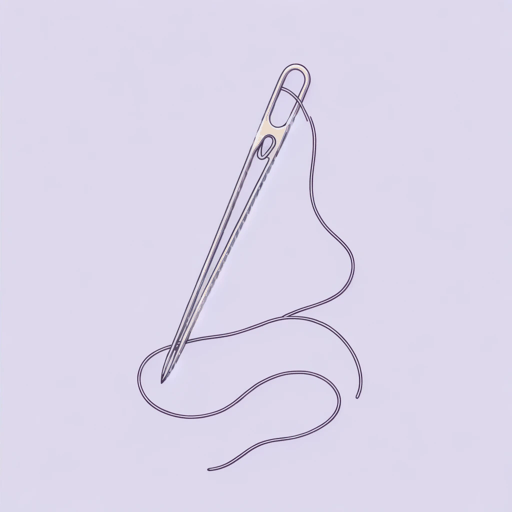18 pages • 36 minutes read
Alice Moore Dunbar-NelsonI Sit and Sew
Fiction | Poem | Adult | Published in 1988A modern alternative to SparkNotes and CliffsNotes, SuperSummary offers high-quality Study Guides with detailed chapter summaries and analysis of major themes, characters, and more.
Poem Analysis
Analysis: “I Sit and Sew”
From the opening line of “I Sit and Sew,” the speaker’s activism is displayed where the “useless task” (Line 1) she has been assigned is noted as perfunctory. It is safe to assume, from the opening, that the speaker is a woman, and sitting and sewing were not tasks most men were undertaking during the time this poem was published. Saying “sit and sew” (Line 1), as if sitting can be considered an activity, heightens the speaker’s claim that she’s doing almost nothing. For Dunbar-Nelson, a late Victorian woman of Creole society, the act of sitting would have been on the short list of suitable public activities for young women, giving these lines a wry and rueful tone. This speaker is doing what she can—what she is allowed to do within the confines of her life’s station. Every time the refrain “sit and sew” is repeated, the resentment in the speaker builds.
Women are banned from the horrors of war—but not from all horrors, as this speaker knows. Her anger turns from the war itself to social hypocrisy, and her frustration is as much on her own behalf as it is for the soldiers at war.

